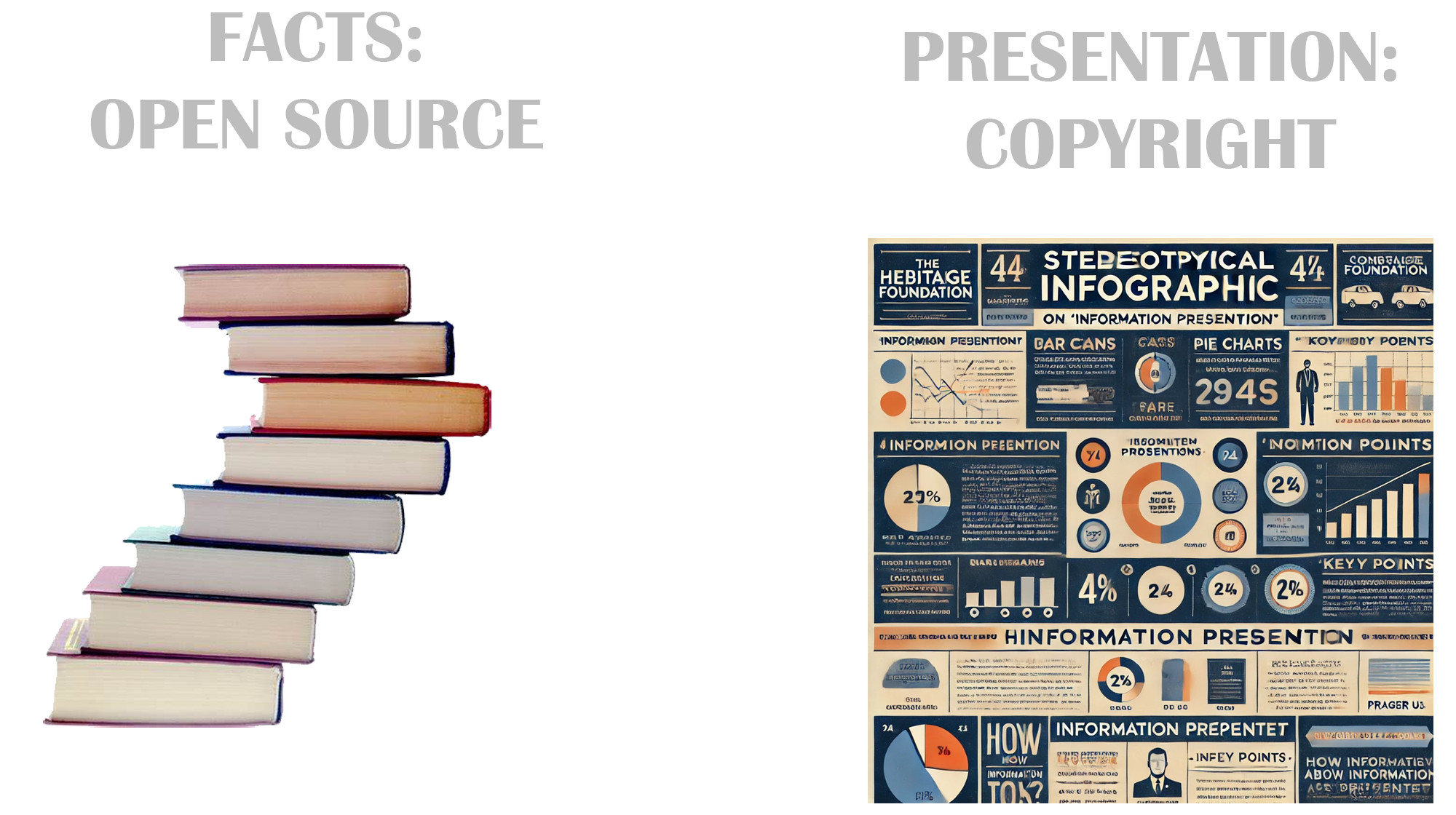History of Copyright Law
This section explores the evolution of copyright law, particularly in response to new technologies, and its relevance to AI and intellectual property.
Early Copyright Law
The origins of copyright law can be traced back to early efforts in the 17th and 18th centuries to protect printed texts, art, and other creative works. The principle behind these early laws was to ensure that creators benefited from their intellectual efforts by preventing unauthorized reproductions. Notable examples include the British Statute of Anne (1710), which was the first law to grant rights to authors rather than publishers, and similar laws that were adopted across Europe and later in the United States.
These early copyright protections laid the foundation for modern intellectual property law, but were limited to specific mediums such as books and prints. With the rapid advancement of technology, including photography, film, and eventually digital content, copyright law had to evolve to accommodate new forms of creative expression.
The 1976 Copyright Act
The 1976 Copyright Act represents one of the most significant updates to U.S. copyright law. This Act shifted the focus from protecting the effort behind creating a work to protecting the originality of the work itself. It expanded the scope of works eligible for copyright protection, including literary, musical, and artistic works, and extended the duration of copyright protection.
A pivotal component of the Act was the introduction of the fair use doctrine, which allows for the use of copyrighted works without permission under certain conditions, such as for criticism, news reporting, teaching, and research. This clause is central to many modern copyright cases, including those involving AI’s use of publicly accessible data for training purposes, as it provides a legal framework for determining whether the use of copyrighted material can be justified as transformative and fair.
Feist v. Rural Telephone (1991)
 Figure 12.
Figure 12.
The Supreme Court's ruling in Feist Publications, Inc. v. Rural Telephone Service Co., Inc. (1991) marked a major clarification in copyright law. In this case, the Court ruled that facts themselves cannot be copyrighted, but compilations of facts that demonstrate originality can be protected. This ruling reinforced the notion that copyright only protects original expressions of ideas, not the underlying facts or data themselves.
This case has significant implications for the use of publicly accessible data by AI models. Since AI often relies on large datasets to train its algorithms, the Feist ruling suggests that as long as the data used by AI models does not involve the copying of creative compilations, but rather factual information, AI’s use of such data may not violate copyright law. The distinction between raw data and original compilations is central to understanding how AI fits into existing copyright frameworks.